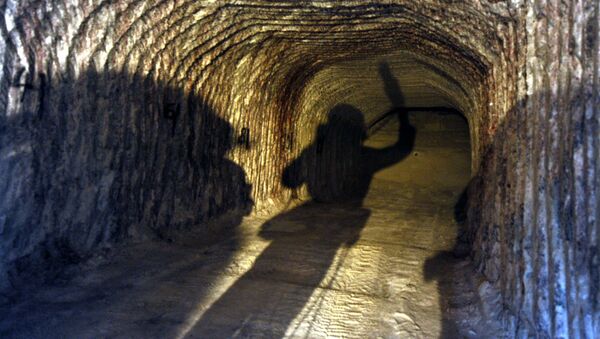Manfred Kramer, a member of the Social Democratic Party of Germany, lives close to the Asse salt mine in which the decaying waste is stored and — while acknowledging that politicians are finally beginning to take notice — has long protested against having radioactive waste in the old mine, Tekportal reported.
"It's nice that she's finally coming," Kramer said, referring to Environment Minister Svenja Schulze's upcoming visit to the mine, which was originally used for the extraction of potash salt until 1965. "Soon she'll have been in office for a year. It sure took a while!" he quipped, according to Deutsche Welle.
"Three generations operated nuclear power in Germany, and now 30 generations or even more will have to suffer the consequences," Schulze noted, adding, "this is proof of how irresponsible nuclear energy was."
According to mining engineer Thomas Lautsch, who works for BGE, Germany's federal company for radioactive waste disposal, the retrieval of the nuclear waste from the mine will be complicated and expensive, at a minimum.
"We would have to build a retrieval mine, which is more than simply just a new shaft. We would also need an interim storage facility for the waste, and we would have to create many new shafts to gain access to the individual chambers," he said, cited by Msn.com.
The construction phase of the project alone could take eight or nine years, according to studies.
Because the old mine shafts do not meet current legal standards for the ten-thousand-year storage of nuclear waste, a new mine must be built around the old mine.
"The barrels must be finally and safely disposed of somewhere else in the country," Kramer noted, "should they actually able to be retrieved by 2050."
The mine, developed between 1906-1908, has a depth of around 765 meters. Between 1965-1995, the Helmholtz Zentrum München (a member of the Helmholtz Association of German Research Centers responsible for studying environmental health issues) took the unprecedented step of using the mine to store the nation's radioactive waste, including weapon detritus, medical offal and power plant leavings.






